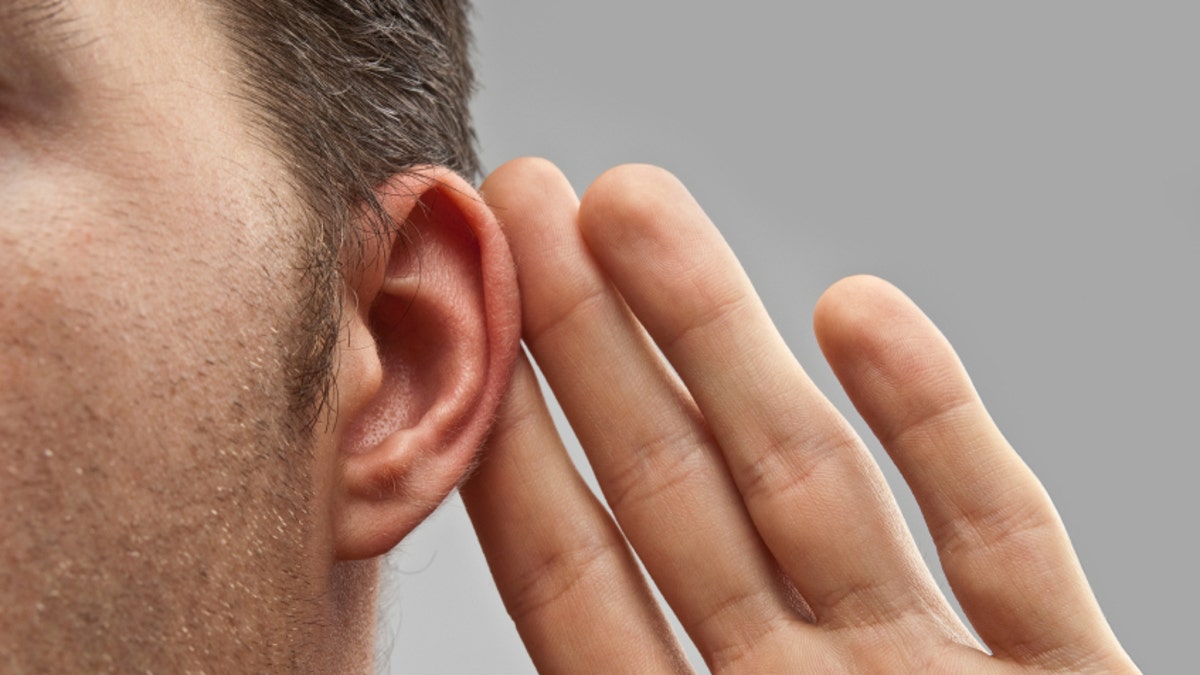
Your vision and hearing may be more intertwined than previously thought.
According to a report by Medical Daily, a new study from the Institute of Neuroscience and Psychology at the University of Glasgow has found that the visual cortex – a part of the brain that processes information from the eyes – processes auditory information as well. In fact, this brain region utilizes sound to predict the images the eyes are about to see.
“Sounds create visual imagery, mental images, and automatic projections,” lead researcher Lars Muckli, of the Institute, said in a press release. “So, for example, if you are in the street and you hear the sound of an approaching motorbike, you expect to see a motorbike coming around the corner. If it turned out to be a horse, you’d be very surprised.”
In their study, published in the journal Current Biology, the researchers conducted five different experiments, using magnetic resonance imaging (MRI) to learn about the connection between the visual cortex and the ears. In one experiment, the scientists asked blindfolded participants to listen to three different natural sounds, such as birds singing, traffic noises and a group of people talking. Then, using a special algorithm, they were able to see how the sounds were being processed in the brain’s early visual cortex activity.
In a second experiment, the visual cortex was also activated in participants who simply imagined the images – without visual or auditory prompts.
According to the researchers, their findings will help experts better understand sensory perception, especially in individuals with certain mental health conditions, such as schizophrenia and autism.
“This research enhances our basic understanding of how interconnected different regions of the brain are,” Muckli said in the release. “The early visual cortex hasn’t previously been known to process auditory information, and while there is some anatomical evidence of interconnectedness in monkeys, our study is the first to clearly show a relationship in humans.”
